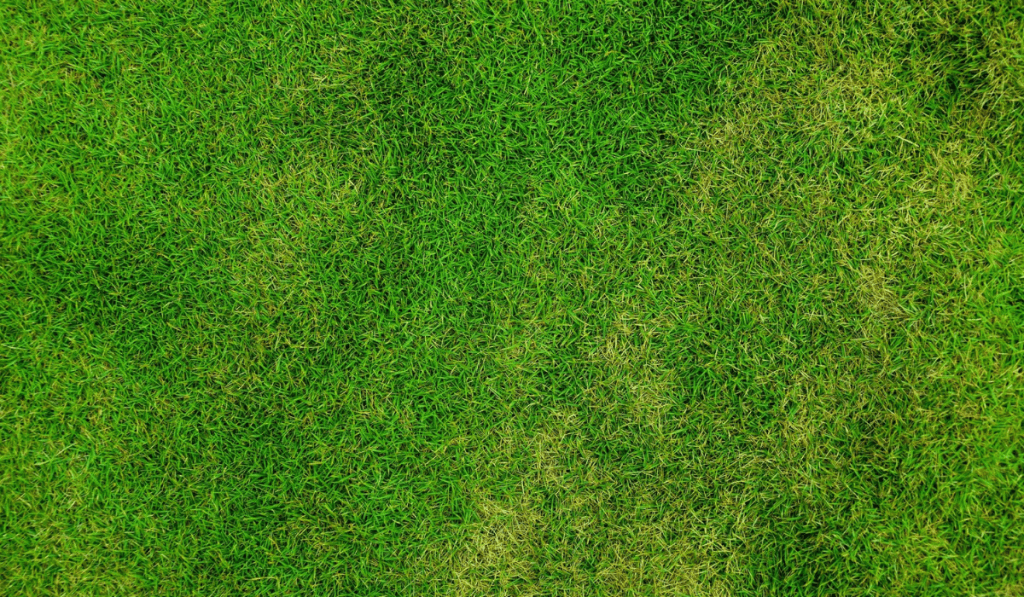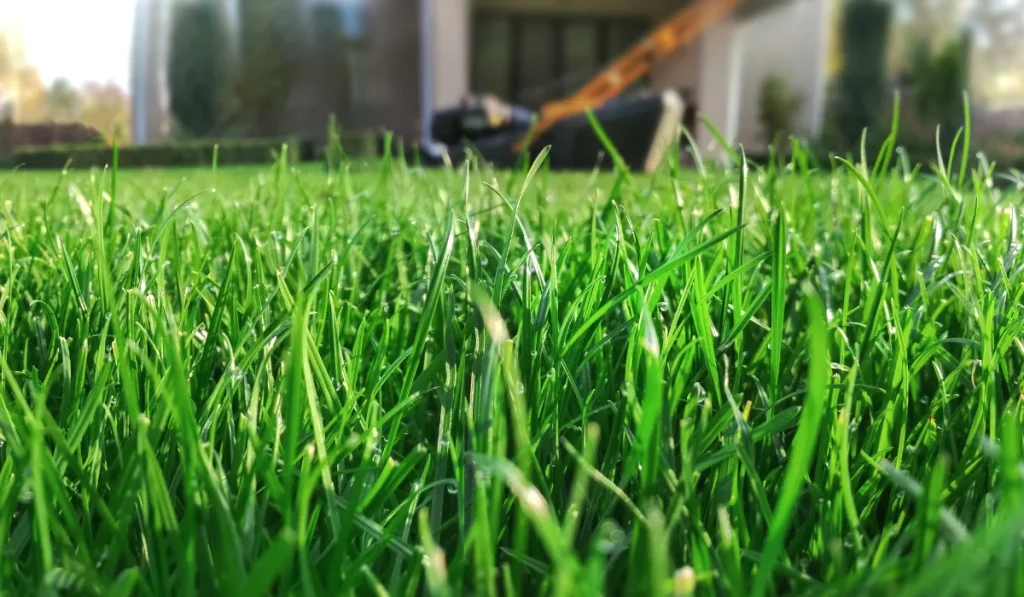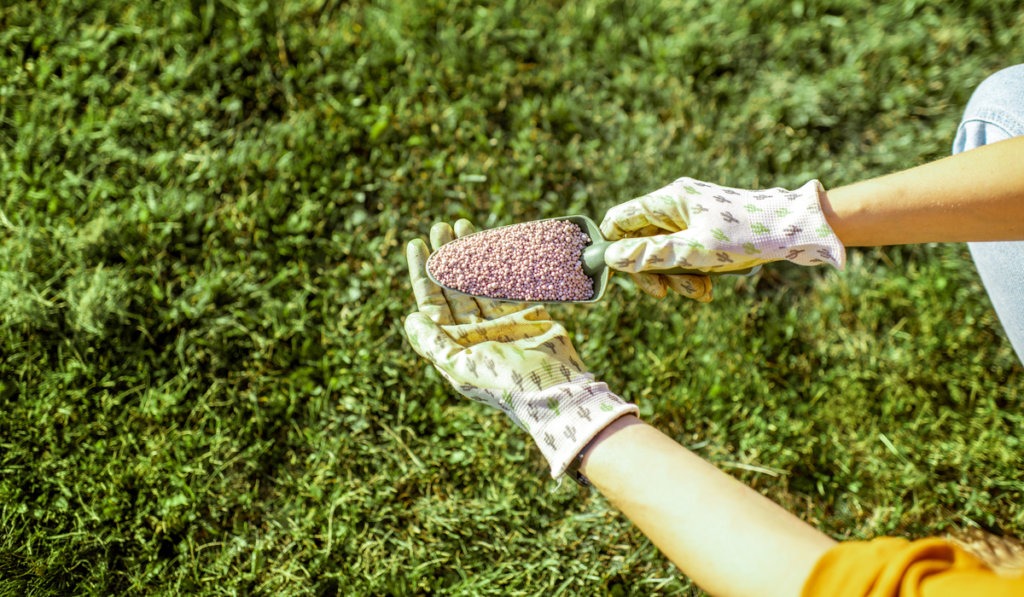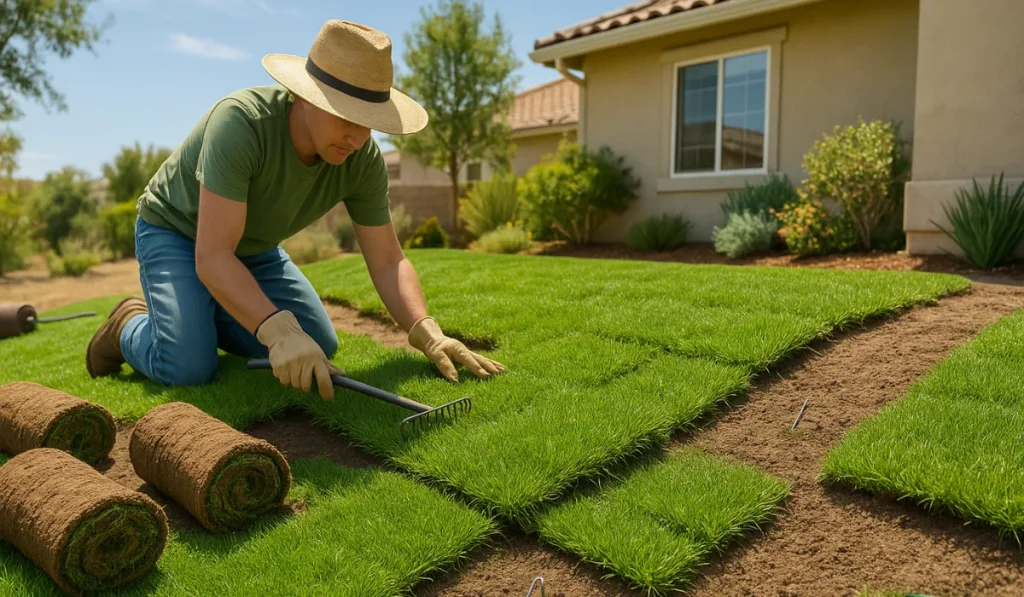Keeping a lush and green lawn can sometimes feel like a guessing game, especially when parts of your sod start to turn brown or look unhealthy. So, how can you tell if your sod is dead, dormant, or just in need of some TLC?
Understanding the signs and solutions will help you save your lawn, or know when it’s time to start over.
Key Takeaways
- Dormant grass is still alive and can recover, while dead grass is permanently damaged and requires replacement.
- Sod often dies from preventable issues, including overwatering, poor maintenance, heavy foot traffic, and untreated lawn diseases.
- Simple practices like following a watering schedule, aerating the soil, and limiting foot traffic help keep sod healthy.
- Dead sod should be removed and replaced with fresh sod or grass seed, depending on the size and condition of the area.
Dead Grass vs. Dormant Grass
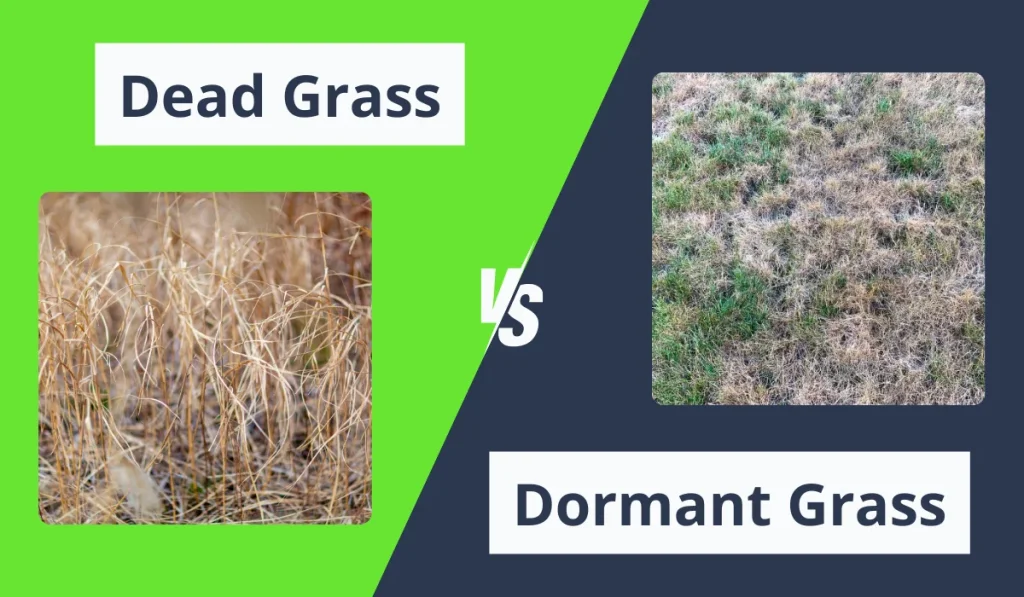
Not all brown grass is dead grass.
Your lawn may simply be dormant—a natural state where grass temporarily halts growth to conserve energy during tough conditions. However, if the sod has truly died, it will not recover.
To help, here’s a comparison that includes signs of dead lawn:
| Dormant Grass | Dead Grass | |
|---|---|---|
| Color | Brown or yellow, may show some green during favorable conditions. | Completely brown and grayish with no signs of life. |
| Root System | Intact and firm, holding the sod in place. | Fails the tug test—lifts easily with no resistance, indicating root failure. |
| Response to Watering | Greens up with consistent watering and care. | Does not improve despite proper watering and fertilization efforts. |
| Texture | Flexible and soft, even when brown. | Dry, brittle, and crumbles under pressure. |
| Entire Lawn Condition | Uneven browning; green patches may remain. | Entire lawn appears uniformly brown and brittle. |
| Grass Blades | Bounce back when pressed with fingers or feet. | Stay flattened or break under pressure, showing no elasticity. |
| Persistent Brown Spots | Usually resolve with lawn care, watering, or pest control. | Remain despite efforts to address pests, watering, or fertilizing. |
Common Causes of Dead Sod
Several factors can cause the sod to die, many of which are preventable with proper lawn care and attention:
- Improper Watering: Overwatering or underwatering can stress the grass and lead to its death.
- Foot Traffic: Heavy traffic on fresh sod can damage the root system before it has a chance to take hold.
- Lawn Diseases: Brown patches could be caused by fungal infections or other lawn diseases, which, if left untreated, can kill the grass.
- Neglected Maintenance: Without proper mowing, aeration, and fertilization, sod struggles to thrive.
How to Prevent Sod Death
Follow a Watering Schedule
Watering is one of the most critical steps in keeping your sod alive and thriving. Freshly laid sod requires consistent watering during the first few weeks to help establish a strong root system.
Aim to provide about 1–1.5 inches of water per week for established lawns, adjusting for the type of grass and seasonal conditions.
Keep an eye on weather patterns and adjust your watering schedule to avoid overwatering, which can lead to root rot.
Limit Foot Traffic
Fresh sod is delicate and needs time to establish its roots.
To prevent damage, keep pets, kids, and heavy equipment off the lawn during the first month. Allowing foot traffic too soon can compact the soil and harm the developing root system, making it harder for the sod to take hold and thrive.
Mow Carefully
Wait until your sod is fully rooted (typically 2–3 weeks after installation) before mowing.
When it’s time to mow, make sure to cut no more than one-third of the grass height at a time. This prevents stress on the grass and allows it to recover more quickly. Always use a sharp mower blade to ensure clean cuts, reducing disease risk.
Aerate Your Lawn
Over time, soil can become compacted, making it difficult for enough water, air, and nutrients to reach the grassroots.
Aerating your lawn once or twice a year creates small holes in the soil, allowing the root system to access the essentials it needs to grow. This practice promotes healthier and stronger grass, especially for areas with heavy foot traffic or clay-rich soil.
What to Do If Your Sod is Dead
If you’ve determined your sod is truly dead, here are the next steps to restore your lawn:
- Use a rake or sod cutter to clear the area.
- Till the soil, remove debris, and add fresh topsoil or compost.
- Choose a grass type suited to your climate (e.g., warm-season grasses like Bermuda or cool-season grasses like fescue).
- Ensure even watering with sprinklers or a drip irrigation system.
- For smaller areas, overseeding may be a quicker fix than replacing the sod entirely.
Frequently Asked Questions
How can I tell if I’m overwatering my lawn?
Overwatered grass often has a spongy feel and may develop fungal diseases. Reduce watering and improve drainage if you notice this.
Can dead patches be revived?
Once sod is truly dead, it cannot come back to life. However, you can repair small areas with new grass seed or sod.
What is the best time of year to lay new sod?
The ideal time depends on the type of grass. For cool-season grasses like bluegrass and fescue, fall or spring works best. Warm-season grasses like Bermuda thrive when planted in late spring or early summer.
